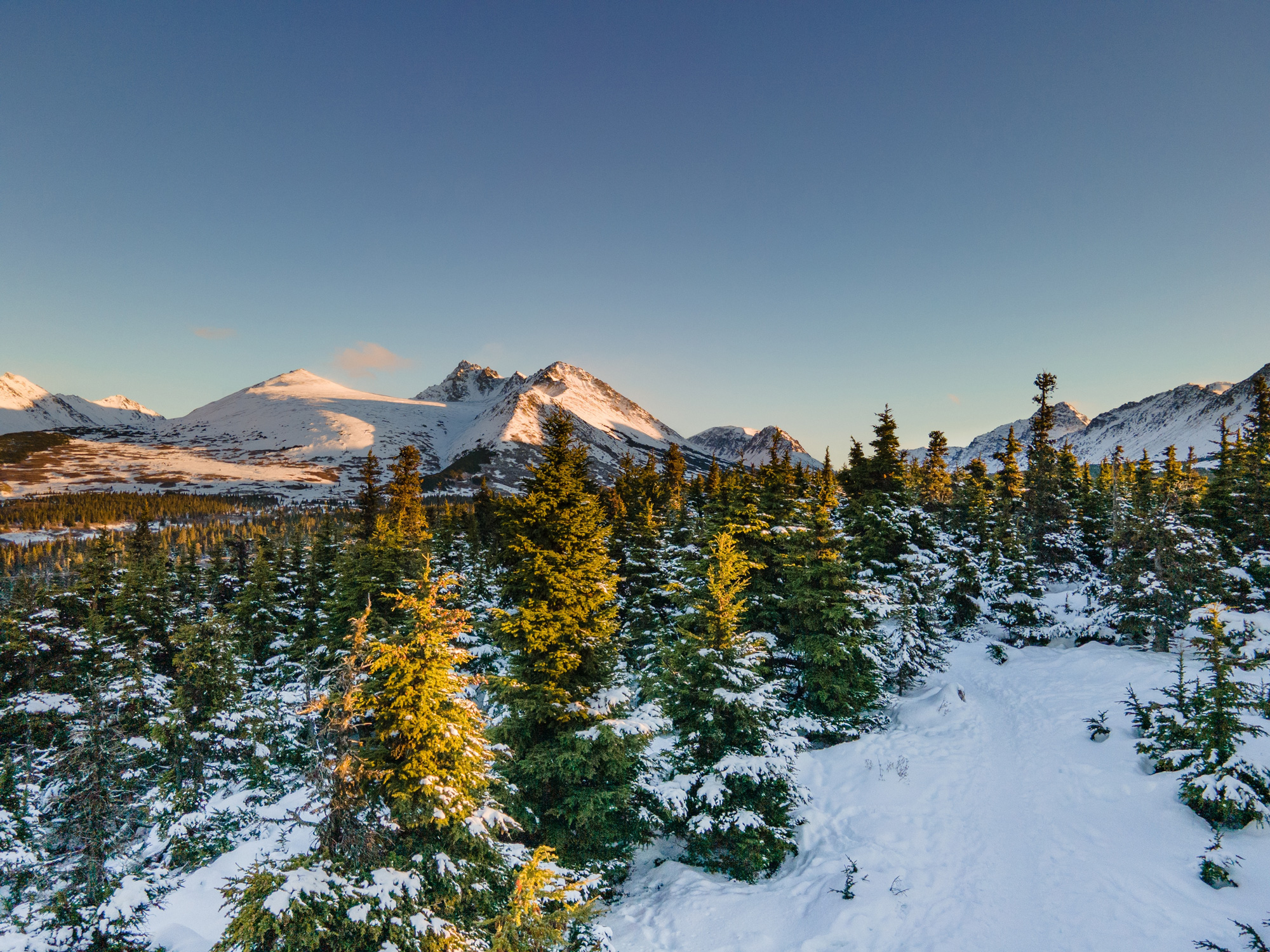From vast wilderness to abundant wildlife to towering peaks, Alaska is a dream destination for many travelers. Over 3 million visitors explored Alaska between May 2023 and April 2024, drawn by its glaciers, national parks, and unparalleled outdoor experiences. From bustling cities like Anchorage to remote Arctic landscapes, Alaska offers something for every type of traveler. To make the most of your trip, it’s essential to plan ahead.
Exclusive Offers.
Sign up to receive personalized promotions and packages for your next vacation from trusted travel experts.
Where to Go When Traveling to Alaska?
Alaska is often separated into four distinct regions: Southcentral and Interior, Southeast and Inside Passage, Southwest, and Far North and Arctic.
Southcentral and Interior Alaska
This region is the most popular with tourists, offering a great mix of urban cities and stunning natural landscapes. Key destinations include:
- Anchorage
Alaska’s largest city boasts museums, trails, and easy access to outdoor adventures - Fairbanks
See the Midnight Sun in the summer and northern lights in the winter - Denali National Park
Home to North America’s tallest peak and some of the world’s most spectacular wildlife - Kenai Fjords National Park
Known for its glaciers and marine life
Southeast and Inside Passage Alaska
This region is ideal for first-time visitors seeking a mix of natural beauty and cultural experiences. Travelers will love the temperate rainforests, glaciers, fjords, and coastal mountains that make the Southeast so iconic. Some must-see sights include:
- Juneau
Alaska’s state capital, only accessible by air or sea - Glacier Bay National Park
A UNESCO World Heritage Site known for glaciers and humpback whale watching - Ketchikan
Famous for its totem poles and salmon fishing - Skagway
Beloved for the scenic White Pass & Yukon Route Railway, gold rush history, and dog sledding culture
Southwest Alaska
For a more rugged and remote experience, Southwest Alaska is ideal. This region requires more advanced planning than some other regions, as flights are the main mode of travel. It’s a haven for outdoor adventurers and wildlife enthusiasts. Some highlights include:
- Kodiak Island
Famous for its Kodiak brown bears and world-class fishing - Katmai National Park
Iconic bear-watching, especially during the salmon run at Brooks Falls - The Aleutian Islands
A chain of volcanic islands rife with birdwatching, boating, and other outdoor activities
Far North and Arctic Alaska
The Far North is best left to only the most adventurous and experienced travelers due to its harsh environment and remoteness. Travel here is primarily by air, including chartered flights. Interested travelers should consider visiting:
- Utqiagvik (formerly Barrow)
The northernmost town in the US is a great place to learn about ancient whaling culture and experience the Midnight Sun in the summer or polar night in the winter - Nome
A famous town known for the Iditarod Trail Sled Dog Race finish and its rich gold rush history - Kobuk Valley National Park
No designated trails exist in the park, so visitors must be prepared for a rough trek and have the necessary equipment to safely marvel at otherworldly landscapes like the Great Kobuk Sand Dunes
When Is the Best Time to Go to Alaska?
Late May through August is the most popular time to visit Alaska, as the weather is warmer and the daylight hours are longer. May is the driest month statewide, while July and August are the warmest. These summer months will have the most activities and events. For fewer crowds and lower hotel rates, consider the shoulder seasons running from April to early May or September through October. Late October through March is best for viewing the northern lights, dog sledding, and other winter festivities.
How Long to Stay In Alaska?
On average, tourists spend about 8.5 nights in Alaska. How long you stay determines how much you can do and see, especially because the state is so large and can be difficult to access. Those staying for a seven-day trip should focus on one region and explore it through shorter excursions using buses, trains, or self-drive options. Half-day cruises are also a nice choice for week-long trips. A 10-day itinerary allows you to have a much more immersive experience. Consider taking both land tours and cruises for a mix of adventure-packed and low-key days.
What to Include When Packing For Alaska?
Packing for Alaska requires layers to handle variable weather. Start with moisture-wicking materials for your inner layer, add warm middle insulating layers like an oversized fleece and long underwear, and top it with a light waterproof, breathable jacket. Lightweight, waterproof hiking boots or running shoes with good traction are essential. Additional must-haves include sun protection, an eye mask for summer’s long daylight hours, a swimsuit for indoor pools or outdoor rivers, lakes, or hot springs, and light gloves and a scarf.
Other Alaska Travel Advice
Expect lodging, food, and transportation costs to be 20 to 30% higher than in the lower 48 states.
Despite its location, US citizens do not need a passport to enter Alaska unless traveling through Canada; if you enter Canada with an Enhanced ID, you can fly to Alaska from a Canadian airport. Starting May 7, 2025, a REAL ID, Enhanced ID, or passport will be required for air travel within the US.
Respecting local Native cultures and traditions is also crucial when visiting Alaska. Engage with cultural experiences thoughtfully and responsibly to deepen your understanding of the state’s rich heritage.


